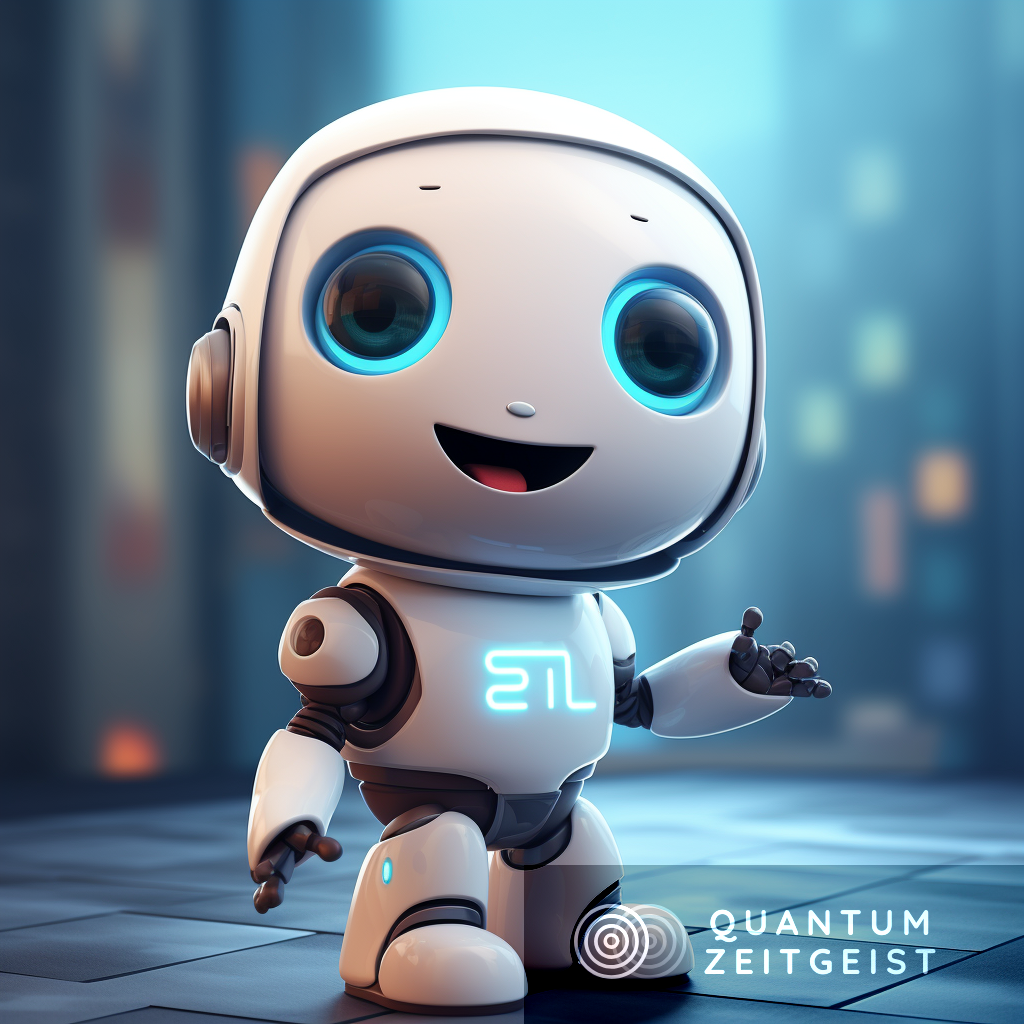Unless you’ve been sheltering under a rock, you can’t have failed to notice the excitement and buzz around AI. Chat GPT has shown the potential of Large Language Models as a transformative technology. Many think this signals the beginning of the subsequent uptick in innovation or the beginning of another “S” curve as popularized by the book “The Innovator’s Dilemma” by Clayton Christensen.
Whether you are a technology optimist or not, it’s hard to argue with some of the challenges and opportunities that services like ChatGPT and BARD from Google present in all areas of life, from employment to social interactions. Should it be, therefore, a surprise that quantum technologies find themselves included in this technology wave?
What is the S-curve?
The S-curve of innovation is a model used to represent the common stages of the product life cycle or technological progression. The model gets its name from the distinctive S shape of the graph when time is plotted on the X-axis and some measure of success, such as market share or efficiency, is plotted on the Y-axis.
The S-curve can be broken down into four main stages:
- Introduction or Fermentation Phase: This is the initial stage of the S-curve. At this point, the innovation is new and not yet fully developed, so it typically does not perform very well. It takes time for the innovators to work out the problems and for the market to adopt the technology. This results in a slow rate of growth and a small market share. The graph is typically flat or slightly upward-sloping.
- Takeoff or Acceleration Phase: After some time, as the technology improves and people become more aware of its advantages, its adoption rate starts to accelerate. This is represented by the steepest part of the S curve, where the growth rate is the highest. Here, the innovation becomes more mainstream, and there is rapid growth in market share.
- Maturity or Saturation Phase: After rapid growth, the adoption rate begins to slow as the market becomes saturated. This is when the technology is mature, widely adopted, and performs at its peak. However, there may be fewer opportunities for further growth, and the rate of new adopters begins to decline. This results in the graph levelling off at the top of the S curve.
- Decline or Degeneration Phase: This is the final stage of the S-curve. At this point, the technology starts to be replaced by a newer, superior innovation, leading to a decline in its market share. It’s represented by the downward curve in the graph. This phase also sees a decrease in profit and an increase in competition.
Each S-curve is unique, as it depends on various factors, such as the nature of the technology, market conditions, competition, and the strategy of the innovating firm. Also, it’s important to note that a company or a technology does not necessarily need to follow this S curve. For example, a product could be reintroduced with significant improvements or find a new market, giving it a new S-curve.
Quantum technology as an accelerant
Quantum technology could act as an accelerant for other technologies, such as AI. Technologists and researchers are trying to find avenues for exploiting quantum within machine learning or the QML moniker.
AI or machine learning, until recently, has had little mass appeal. It’s always been X years away; X is any time frame from 5 to 50 years, just like Nuclear Fusion. For all the past hype, the AI field has finally delivered, and boy, has it delivered. ChatGPT has shown the world how AI can deliver results and services. Crucially those services are open to just about anyone to use and consume, unlike much of AI or Machine Learning which often requires advanced degrees to understand. Exposing services direct to consumers has rocketed their adoption and interest in Generative AI. ChatGPT gained a record number of users in just a few weeks, cementing it in people’s consciousness and making headline news worldwide. Technology doesn’t remain static. It develops, and the progress of such tools as ChatGPT has been breathtaking.
Spillover to quantum technologies is already happening. Naysayers who thought AI would never yield practical applications, especially in NLP, have been proved wrong. Quantum has also promised many benefits, and now those naysayers have to look seriously at quantum with that same sceptical mindset and whether this mindset will serve them well when assessing the impact of quantum technologies. That means investors and even “main street” are likely looking at quantum technologies and intending to invest if they miss out on these early opportunities.
Backing quantum technologies such as quantum computing and even the quantum internet doesn’t mean following the hype. Understanding the clear operation of quantum fundamentals is critical to separating fact from fiction. Not following the hype can be difficult as the mainstream press loves to jump onto concepts and ideas, often bungling them into hyperbolic statements about the future. There are even books which get the fundamentals wrong. Quantum technologies need real investment to work on a fundamental basis such that the already well-known benefits can be captured. Few benefit from snake oil. Excitement can be based on the benefits of quantum technologies from established thought leaders and eminent scientists such as David Deutsch and Scott Aaronson, who have underpinned the entire field. No doubt progress will continue, and eventually, those dividends will likely payoff to deliver the real benefits we can all enjoy.

